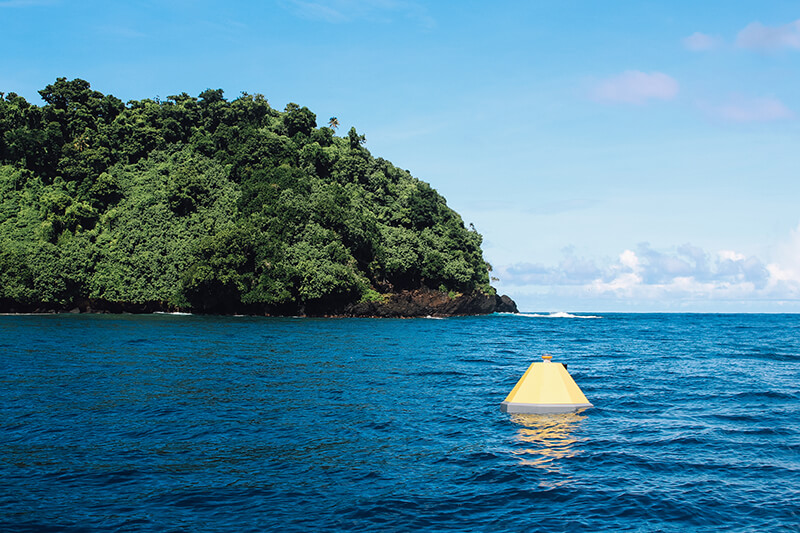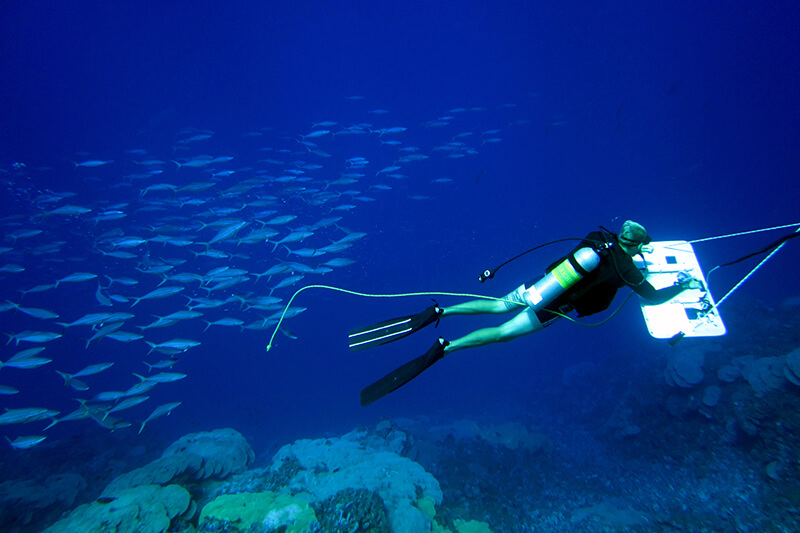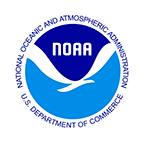Science and research
Research plays an integral role in National Marine Sanctuary of American Samoa by providing the information we need to protect ocean wildlife, habitats, and other resources.
Research and monitoring


Through an array of moored carbon dioxide buoys near our nation’s coral reefs, NOAA is working to improve our understanding of the impacts of ocean acidification on reefs and the species that depend on them. A monitoring buoy in Fagatele Bay collects data on carbon dioxide from surface seawater and the atmosphere as well as data on water temperature, salinity, pH, oxygen, and chlorophyll. The scientific buoy at Fagatele Bay makes National Marine Sanctuary of American Samoa the only "NOAA Class III" site in the Southern Hemisphere, having the highest level of coral reef monitoring provided through NOAA. All data can be viewed online via NOAA’s Pacific Marine Environmental Laboratory and the Pacific Islands Ocean Observing System (PacIOOS).
An ecological acoustic recorder (EAR) was deployed at Fagatele Bay in October 2019 to build a baseline of acoustic data, including vocalizations by humpback whales, spinner dolphins, and ambient sounds of fish and invertebrates to evaluate activity in the sanctuary. The EAR was provided on loan by Ocean Science Institute, in partnership with Hawaiian Islands Humpback Whale National Marine Sanctuary. Along with data collected from the CO2 buoy, data from the EAR is helpful in building up comprehensive data for Fagatele Bay for long term monitoring.
The sanctuary works with local partners National Park of American Samoa, Coral Reef Advisory Group, and Department of Marine and Wildlife Resources to conduct long-term monitoring of the surrounding coral reef ecosystem. The sanctuary plans to develop and implement ecological and environmental monitoring of both shallow-water reef and deep water habitats for all sanctuary areas. These efforts will facilitate improved qualitative and quantitative descriptions of the sanctuary’s marine life.

 National
Marine Sanctuary of American Samoa
National
Marine Sanctuary of American Samoa